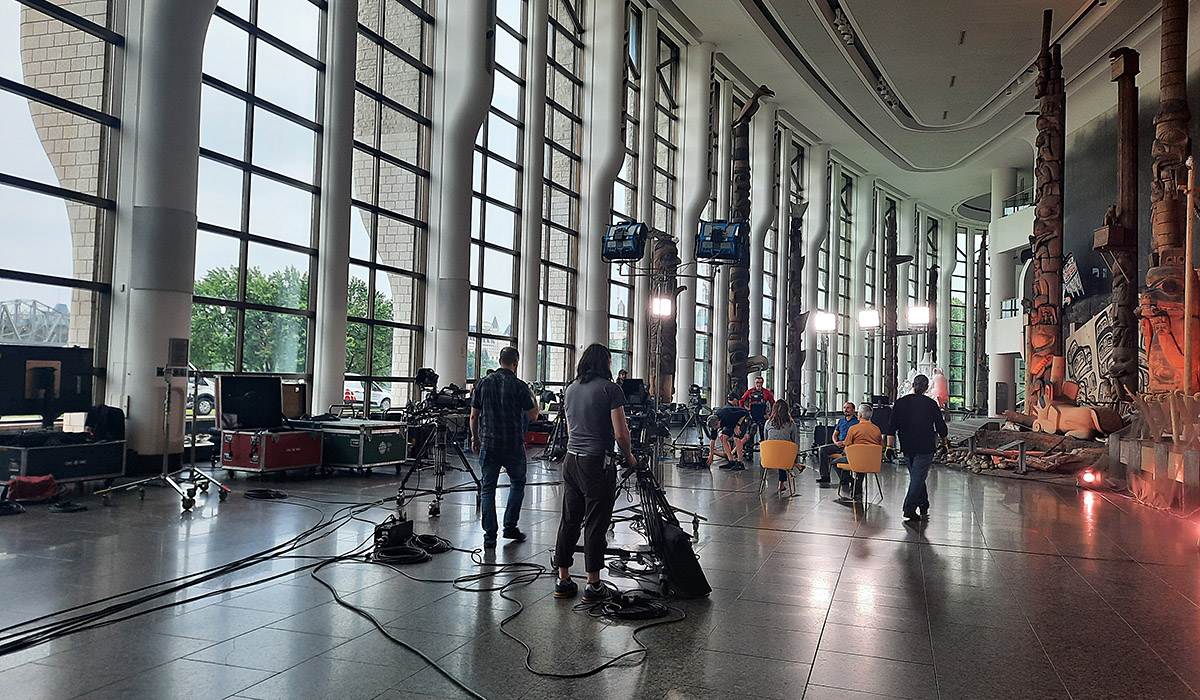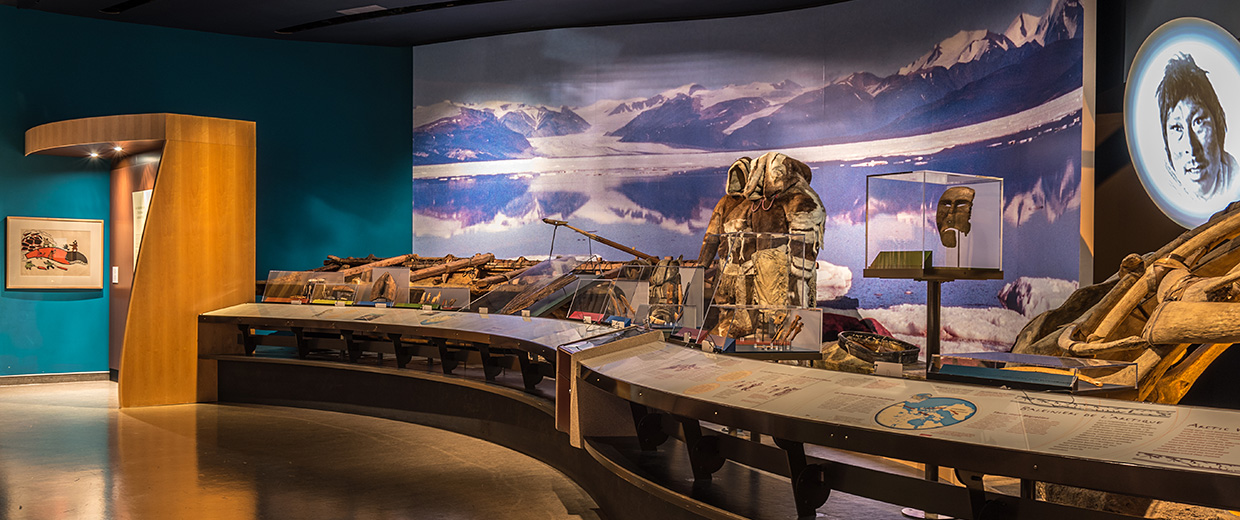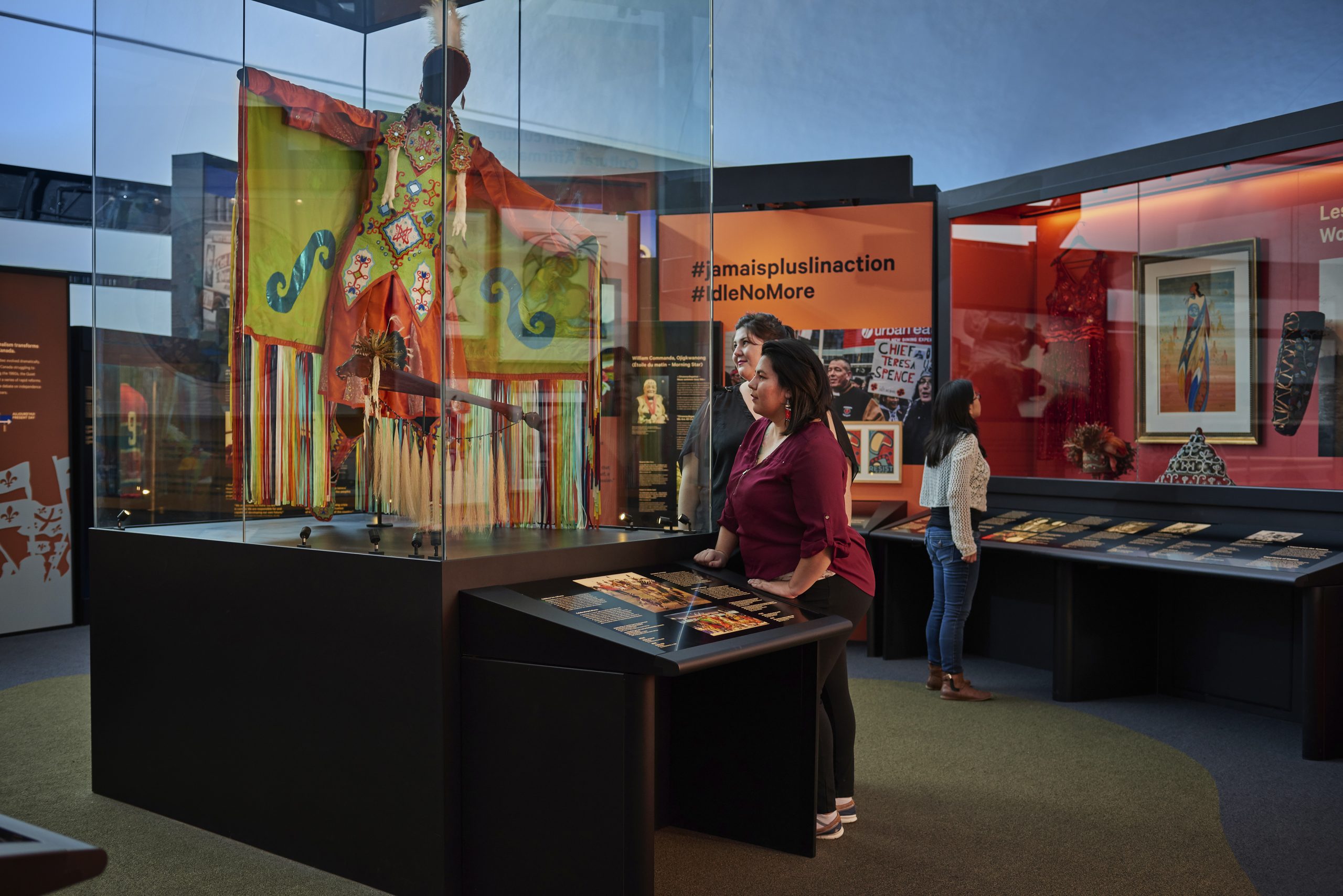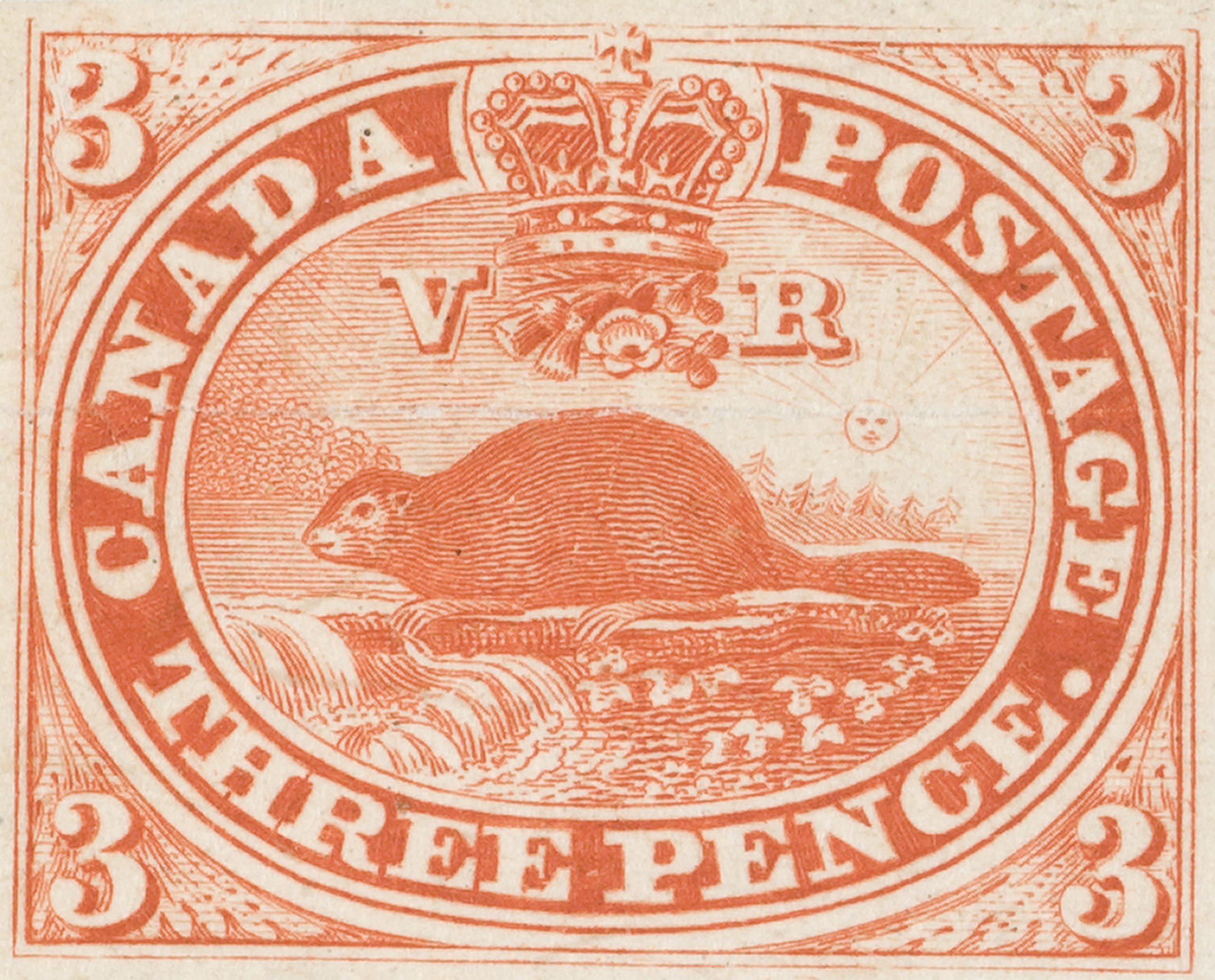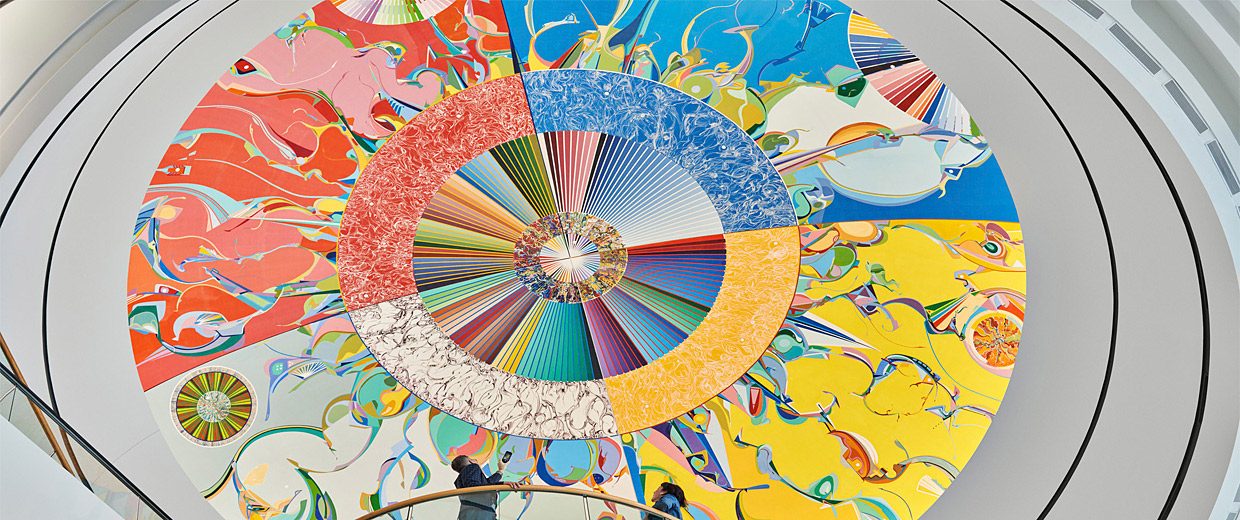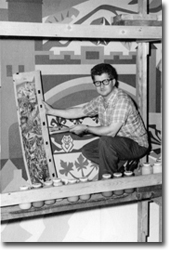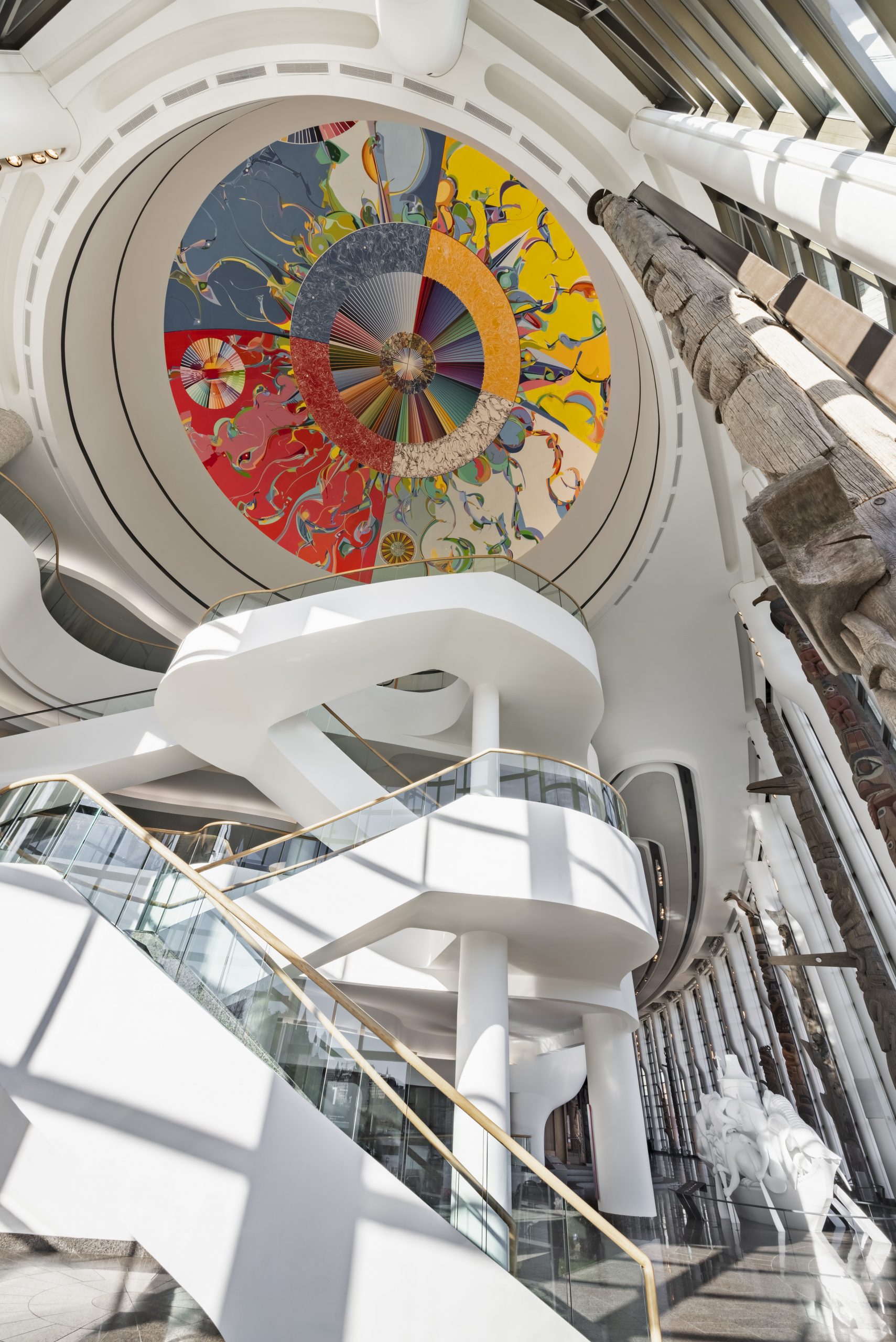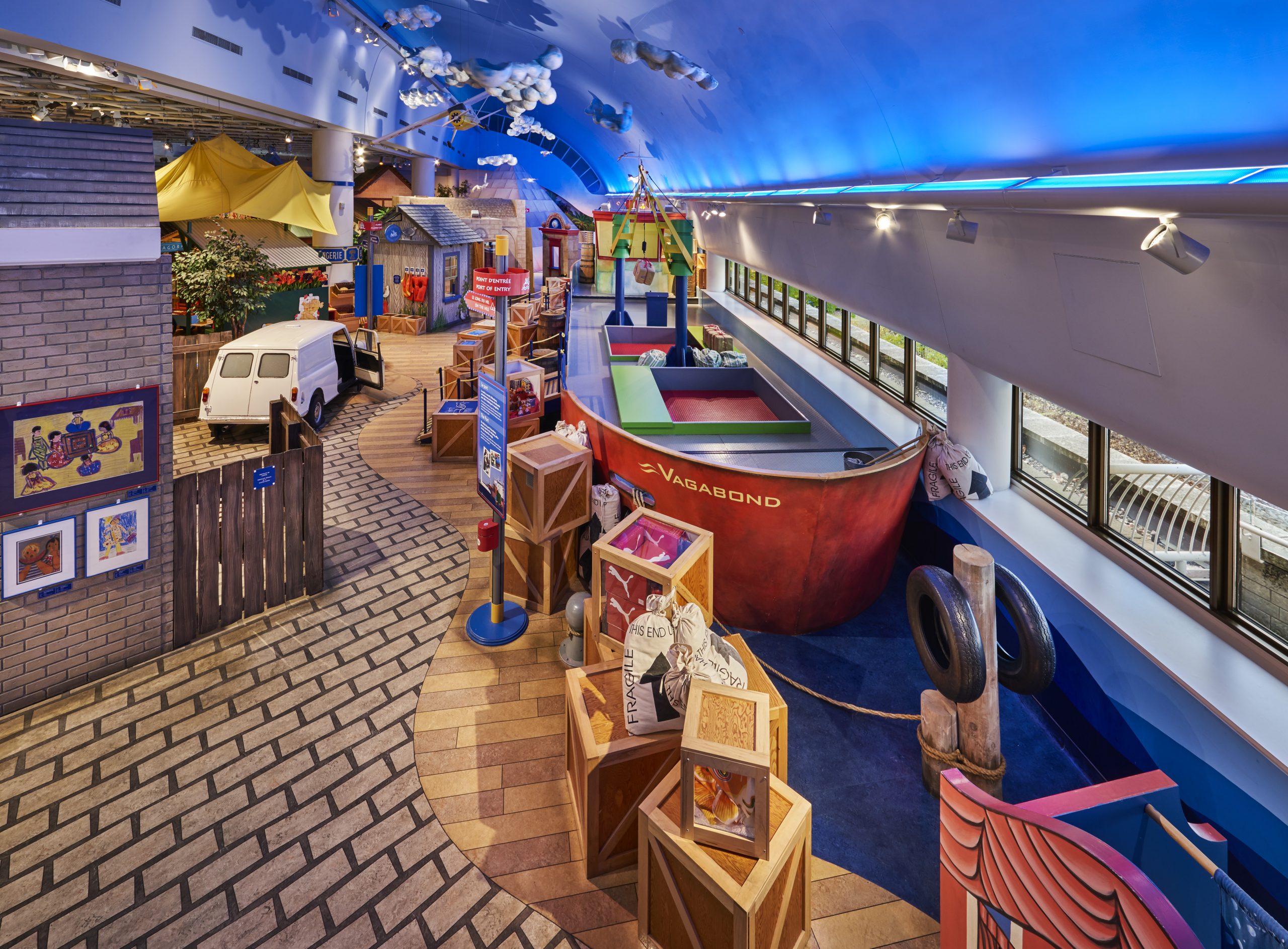Welcome to the Media Centre. In this section, members of the media will find current and archived press releases as well as press kits and images from our exhibitions.
Are you interested in filming one of our experts, galleries, or artifacts? Or would you like to plan an interview with one of our specialists for an upcoming article, documentary, or blog post? Reach out to us to see how we may be able to assist.
Please note that all other queries should be sent to info@historymuseum.ca.
Recent news

Manmeet Bhatia appointed to the Board of Trustees of the Canadian Museum of History and the Canadian War Museum
Mar. 6, 2025

Three unique offers to celebrate Black History Month
Feb. 10, 2025

Experience a powerful art installation honouring Survivors of the Indian residential school system
Feb. 6, 2025
Media resources
For the exclusive use of members of the media: photographs and resources for illustrating articles, reports, or event listings that refer, directly and specifically, to the Canadian Museum of History.
Current and upcoming exhibitions
Images of the Canadian Museum of History
Contact us
Need more information or want to schedule an interview with a curator?
 hello?
hello?
 hello?
hello?
